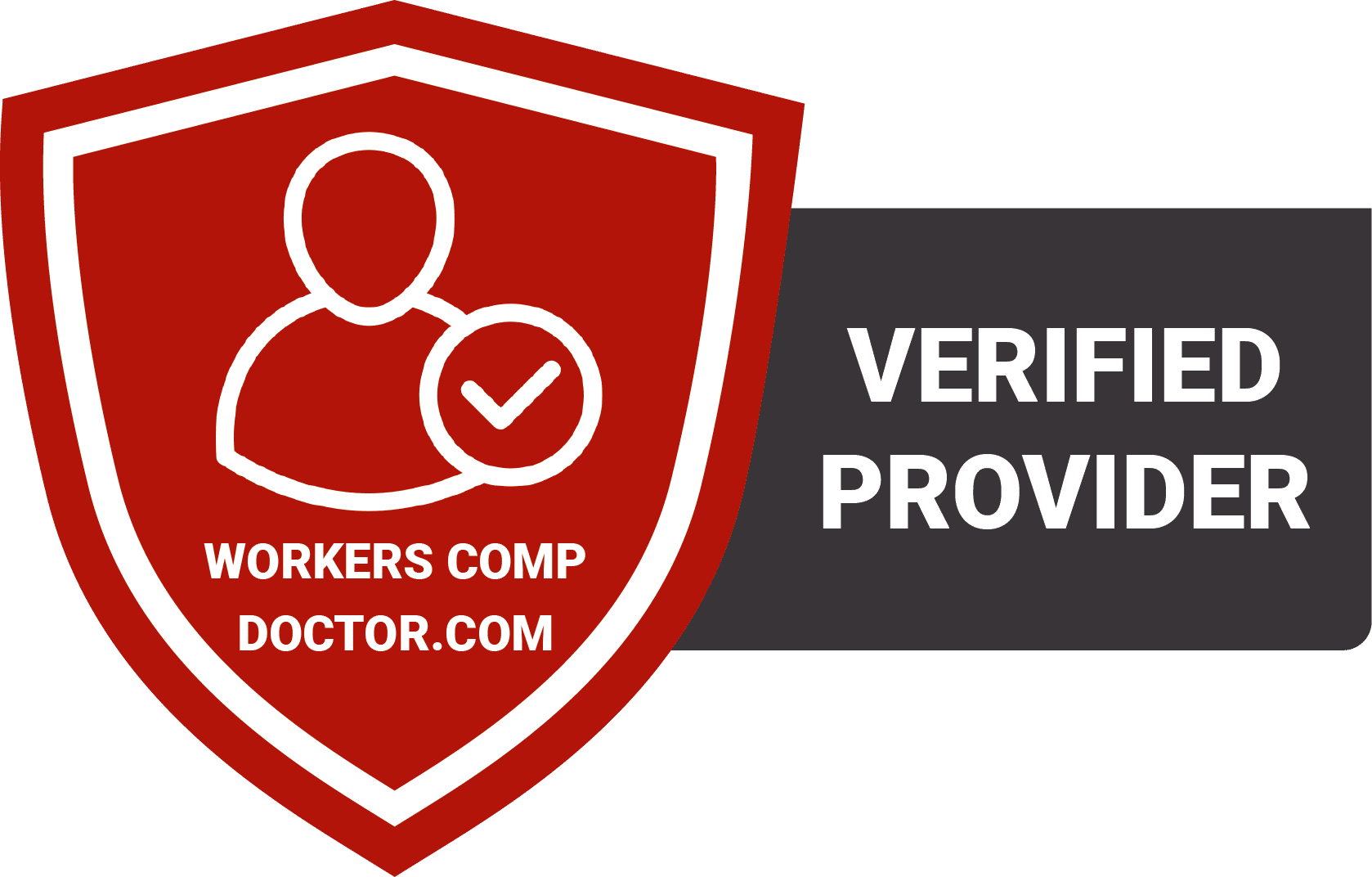 Herniated, ruptured or slipped disk is one of the most common causes of back pain. A herniated disk occurs when the outer portion of a spinal disk breaks down and the inner portion leaks out. With age, the water content in the disk decreases, making it less flexible and more prone to rupture. Loss of water content may cause a displacement of the disk’s center through a crack in the outer layer. Other factors that increase your risk for this condition may include- overweight, smoking, a sedentary lifestyle, and sudden pressure on the spine. A leading multi-disciplinary practice on Long Island, Comprehensive Healthcare Group (CHG) with Long Island locations in Valley Stream and Oceanside, NY offers effective treatment options for slipped disks.Pain occurs when the protruding disk presses on the surrounding nerves. The most common signs and symptoms of a herniated disk are – numbness or tingling, leg pain below the knee, and muscle weakness.
Herniated, ruptured or slipped disk is one of the most common causes of back pain. A herniated disk occurs when the outer portion of a spinal disk breaks down and the inner portion leaks out. With age, the water content in the disk decreases, making it less flexible and more prone to rupture. Loss of water content may cause a displacement of the disk’s center through a crack in the outer layer. Other factors that increase your risk for this condition may include- overweight, smoking, a sedentary lifestyle, and sudden pressure on the spine. A leading multi-disciplinary practice on Long Island, Comprehensive Healthcare Group (CHG) with Long Island locations in Valley Stream and Oceanside, NY offers effective treatment options for slipped disks.Pain occurs when the protruding disk presses on the surrounding nerves. The most common signs and symptoms of a herniated disk are – numbness or tingling, leg pain below the knee, and muscle weakness.
The condition may occur in any part of your spine, from your neck to lower back. The lower back is one of the more common areas for slipped disks. Medical professionals determine the cause of your pain by reviewing your medical history, performing a complete physical exam and using diagnostic tests like digital X-rays.
Non-surgical options are available to treat slipped disk disorders. The treatment typically depends on the level of discomfort you’re experiencing and how far the disk has slipped out of place. Surgery may be considered when non-surgical treatments such as pain medications, injections, chiropractic care and physical therapy cannot provide adequate pain relief.
- Stretching exercises – Stay active and keep moving to recover faster. Exercise programs are usually recommended. You may find that your pain increases at first when you start moving around. This is normal and doesn’t mean you’re causing more damage.
- Physical therapy – Physical therapy programs aim at keeping you active, minimize pain and help prevent any further damage to your back. Physical therapists use a wide range of techniques, including myofascial massage and hands-on manual therapy to restore movement and function.
- Medications – Medicines such as anti-inflammatory medications (ibuprofen, Motrin) and medical steroids (prednisone, prednisolone, and methylprednisolone) will be prescribed to help ease any painful symptoms of a slipped disk.
- Chiropractic care – An experienced chiropractor will evaluate the entire spine. The type of disk injury you have will determine what treatments your chiropractor will use to address your symptoms. A treatment plan will be developed that may include spinal manipulation or manual adjustments.
- Injections – Epidural steroid injection (ESI) is a minimally invasive procedure that can help relieve slipped disk pain or spinal stenosis or spondylolysis. Other trigger point injections can also relieve pain in the disk area.
Long Island-based Comprehensive Healthcare Group (CHG) provides the service of experienced chiropractors and physical therapists highly skilled in treating all the symptoms associated with herniated disk and associated conditions. Blurb see before.
To learn more about slipped disk, read this FAQ session.





